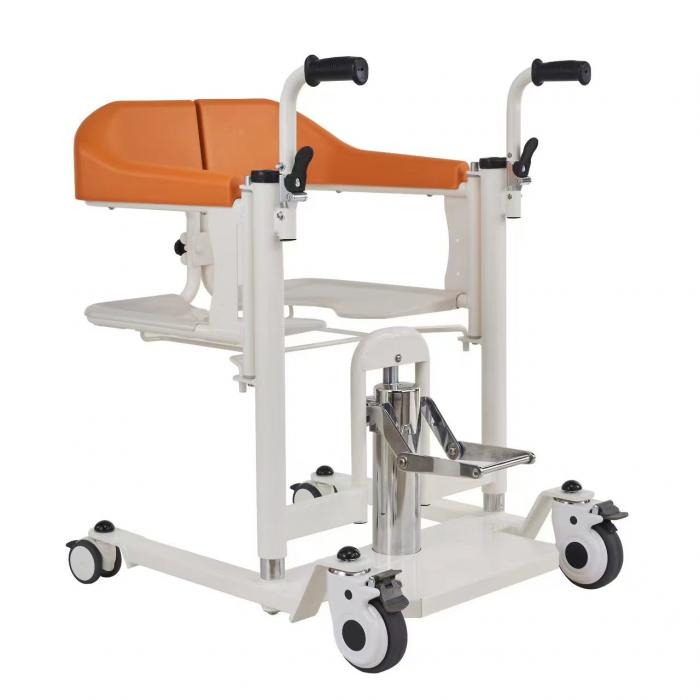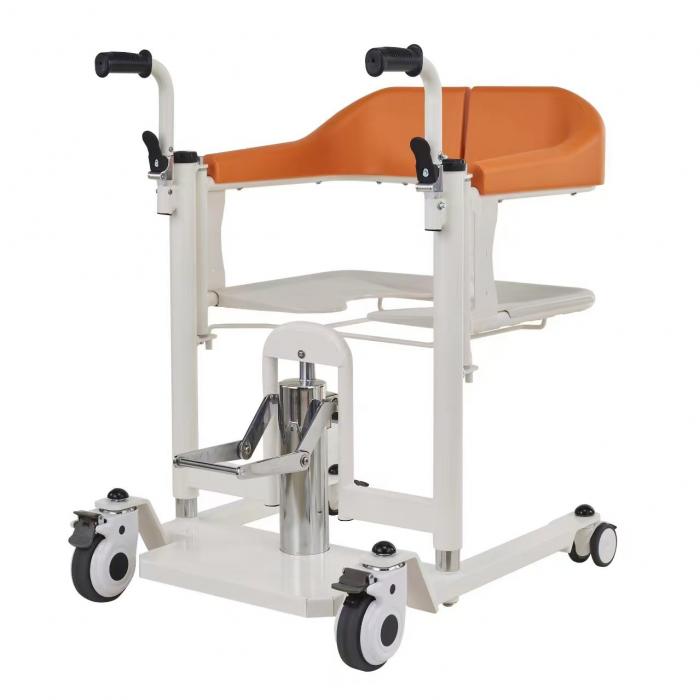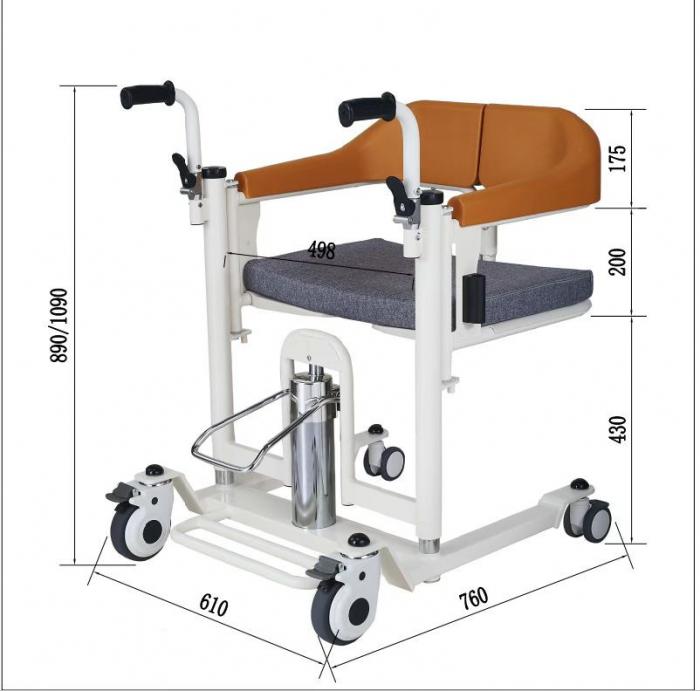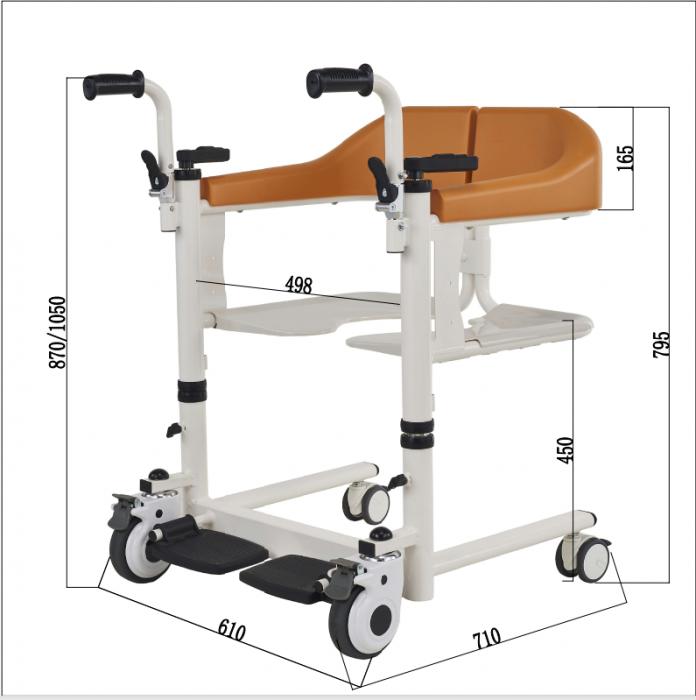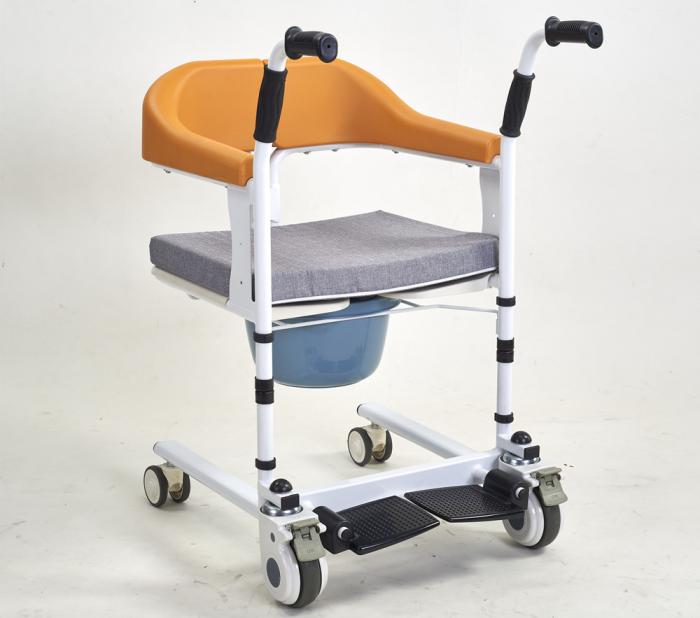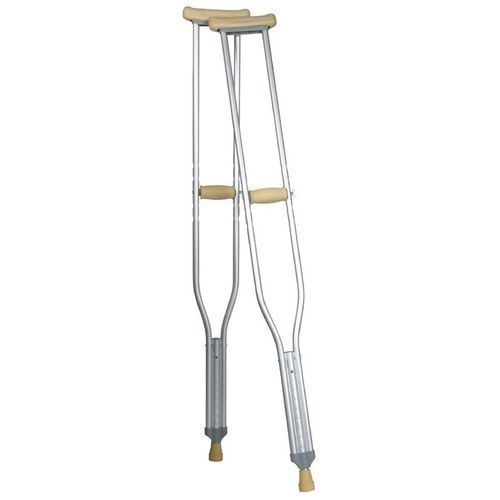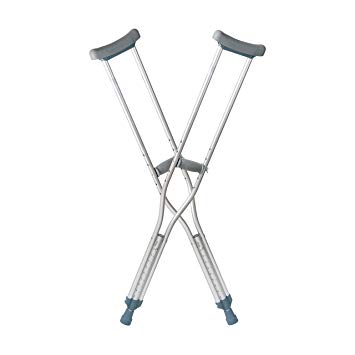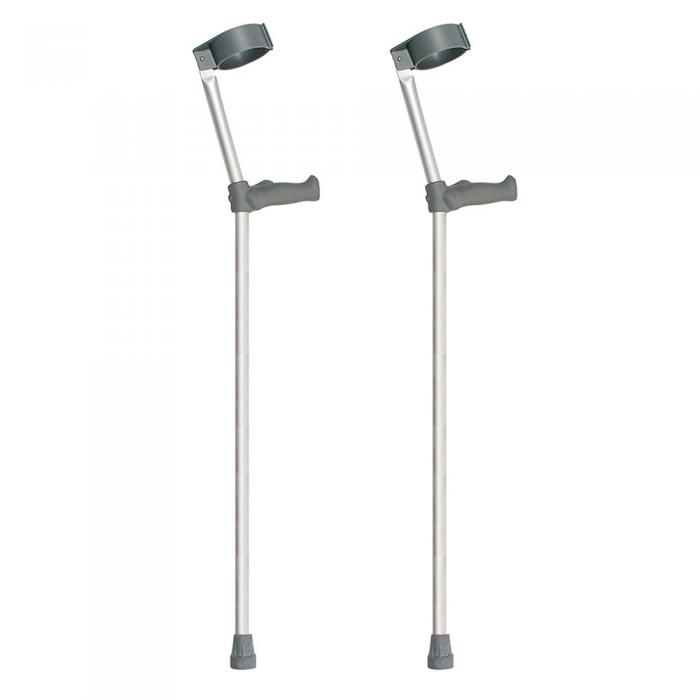| Name: | Hydraulic Lifting Transfer Chair |
|---|---|
| Model No.: | BES-YWJ05 |
| Product Name: | HYDRAULIC LIFTING TRANSFER CHAIRS |
| Packaging: | Carton |
| Characteristic: | EASY MOVING |
| size: | 56188-108CM |
| Weight Capacity: | 275lbs |
| Keywords: | HYDRAULIC LIFTING TRANSFER CHAIRS,HYDRAULIC RANSFER CHAIRS,Hydraulic Patient Lift Transfer Chair for Home |
| Payment Term: | T/T in advance |
| Country of Original: | China |
| Weight Capacity: | 125 kgs |
| Stock: | Available |
| Port: | SHENZHEN |
| Office: | Zhengzhou,China |
Products Description
HYDRAULIC LIFTING TRANSFER CHAIR
Product size 75*61*88-108CM
Product seat height 45.5-65.5CM Seat width 49.5CM Seat depth 46.5CM
Product weight Gross weight 42.5KG. Net weight 38.5KG
Product load-bearing capacity 125KG
[1] Convenient for nursing staff to transfer patients and help them solve a series of life problems such as going to the toilet and moving;
[2] Adjustable height, suitable for sofas, beds, toilets, seats, etc. of various heights;
[3] Easy to operate, large opening and closing, load-bearing capacity of 125kg, suitable for people of all sizes;
[4] Use medical silent wheels, wheel hub brakes, flexible movement, safe and stable;
[5] Delivered with special cushions, toilets, and brackets, convenient toileting, comfortable sitting for a long time;
Product function
[6] Equipped with an infusion stand socket, which can be freely disassembled and replaced.
【1】Main shaft: 38*3.0 chrome-plated steel column; 【2】Frame: 2.0 electrophoresis steel pipe;
【3】Backrest: medical environmentally friendly PE/recyclable molding material; 【4】Handle: environmentally friendly rubber; Product material
【5】Seat plate: ABS and 2.0 electrophoresis steel plate; 【6】Complete machine: electrophoresis waterproof material.
Packing size 78*68*36CM/unit
【1】Base bracket assembly
【2】Left frame assembly
【3】Right frame assembly
【4】Hydraulic lifting assembly
Product accessories list
【5】Bedside pan rack. Bedpan. Safety belt. Seat cushion.
【6】Instruction manual/book
A hydraulic lifting transfer chair is a mobility aid that uses a foot-operated hydraulic pump to safely and effortlessly lift and transfer individuals with limited mobility between different locations, like a bed, toilet, or wheelchair, reducing strain for both the user and the caregiver. It features an adjustable seat, a stable base with casters for easy maneuvering, and a split seat design or opening for toilet functionality.
Key Components and How it Works
Hydraulic Pump:
A foot-operated lever or remote control activates the hydraulic system, which uses fluid pressure to smoothly lift the seat.
Adjustable Seat:
The seat height can be adjusted to accommodate different heights of furniture (beds, chairs, sofas), ensuring proper positioning for the patient.
Split Seat/Opening:
Many chairs have a 180° split seat or an opening that allows for use as a commode or for easier transfer to and from a toilet.
Casters:
3-inch swivel casters allow for easy and stable movement of the chair around the room.
Handrails/Handles:
These provide support for the user and control points for the caregiver during the transfer process.
Ideal Use Cases
Bathing and Toileting:
The chair can be used as a shower chair or commode, with the opening in the seat providing access for toileting.
Bed to Chair/Car Transfers:
It helps move individuals safely from a bed to a chair, or into a vehicle.
Home and Healthcare Settings:
The versatile design makes it suitable for home use, nursing homes, and hospitals.
Safety Considerations
Locking Wheels:
Always ensure the casters are securely locked before and during the transfer process to prevent accidental movement and ensure stability.
Weight Limit:
Adhere to the maximum weight capacity specified by the manufacturer to prevent structural failure.
Trained Caregivers:
Two trained caregivers may be required for bariatric patients to ensure safe operation.
Stable Surfaces:
Use the chair on flat, stable ground, as thick, plush carpets can hinder the free movement of the casters.
To use a hydraulic lifting transfer chair (like the iMOVE or Hoyer lift), secure the lift's base, position the chair under the patient, attach the sling, and use the hydraulic controls to slowly lift, transfer, and lower the patient to their new location, always ensuring the patient's comfort and safety throughout the process. Remember to lock the lift's wheels when stationary and keep the patient's head and limbs supported and clear of any moving parts.
1. Prepare the Patient and Lift
Position the lift:
Spread the lift's base legs to their widest setting for stability and move the lift into position.
Position the patient:
Have the patient sit upright and face the bed or chair they are being transferred to, with their legs lowered to the footrest.
Apply the sling:
Slide the sling behind the patient, with the smoother side against their skin. Position it so the bottom of the sling is near their pelvis and the leg loops are under their legs.
2. Attach and Lift
Connect the sling:
Attach the sling's loops to the lift's bar or swivel bar, choosing loops to achieve a comfortable sitting or reclined position.
Secure the lift:
Make sure the patient's feet are on the footrest and that the lift's wheels are locked before lifting.
Initiate the lift:
With one hand on the patient for support and the other on the controls, slowly begin to lift the patient, supporting their head. Lift just high enough for the patient's buttocks to clear the original surface.
3. Transfer and Position
Move the patient:
Using the steering handle, move the lift away from the original surface and towards the destination.
Position for placement:
Rotate the patient and lift so they are parallel with the bed or destination and positioned correctly.
Lower the patient:
Slowly lower the patient until they are in their final position, locking the lift's wheels once the patient is seated.
4. Disengage and Remove
Unhook the sling:
Once the patient is securely seated, unhook the sling loops.
Move the lift:
Move the lift away from the patient.
Remove the sling:
Gently lift each of the patient's legs to remove the leg straps and slide the sling from underneath them.
Fold the sling:
Assist the patient to turn to the side to help fold and remove the sling from beneath them.
